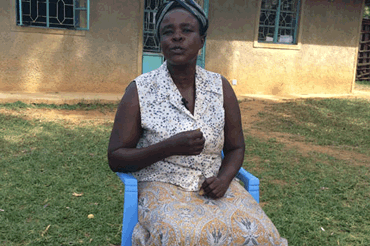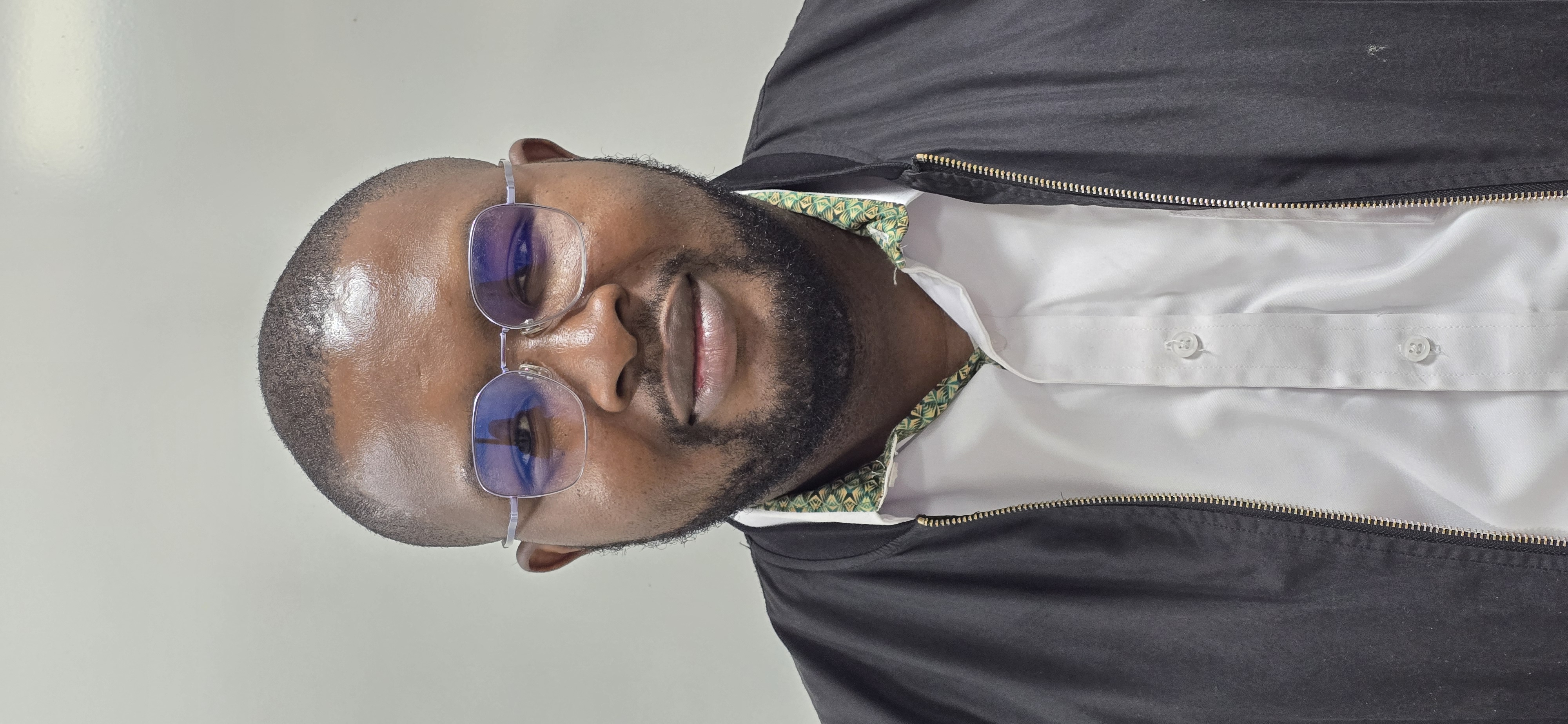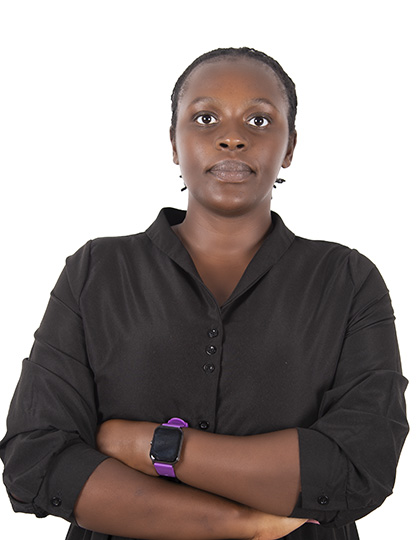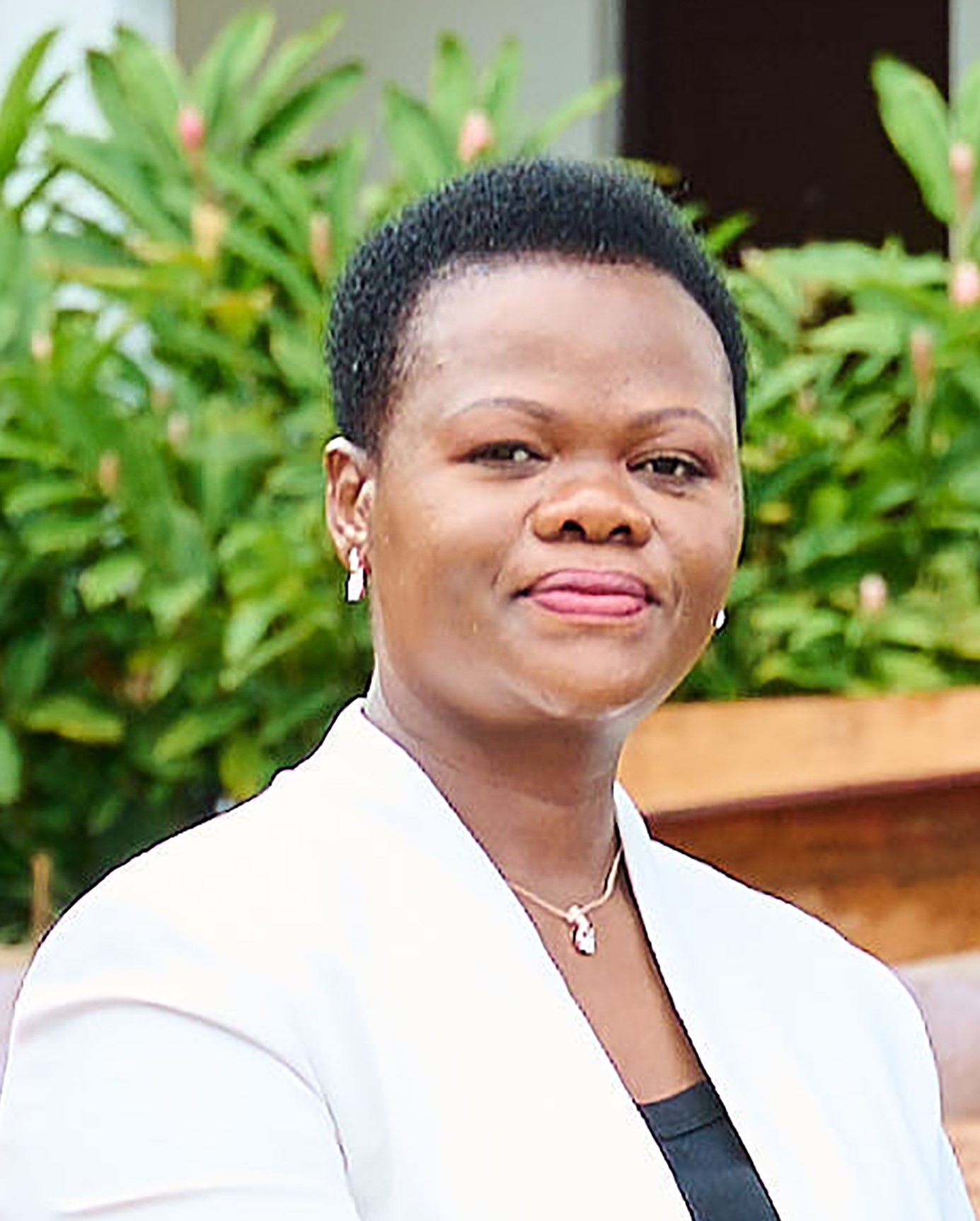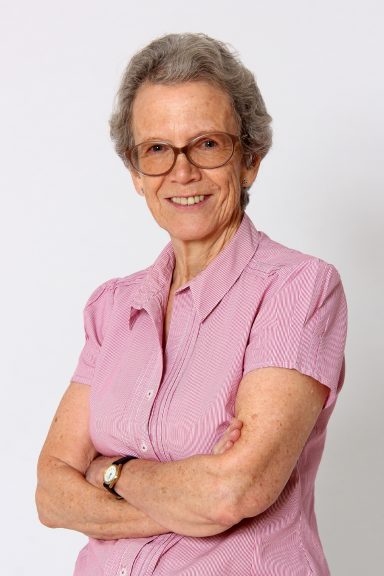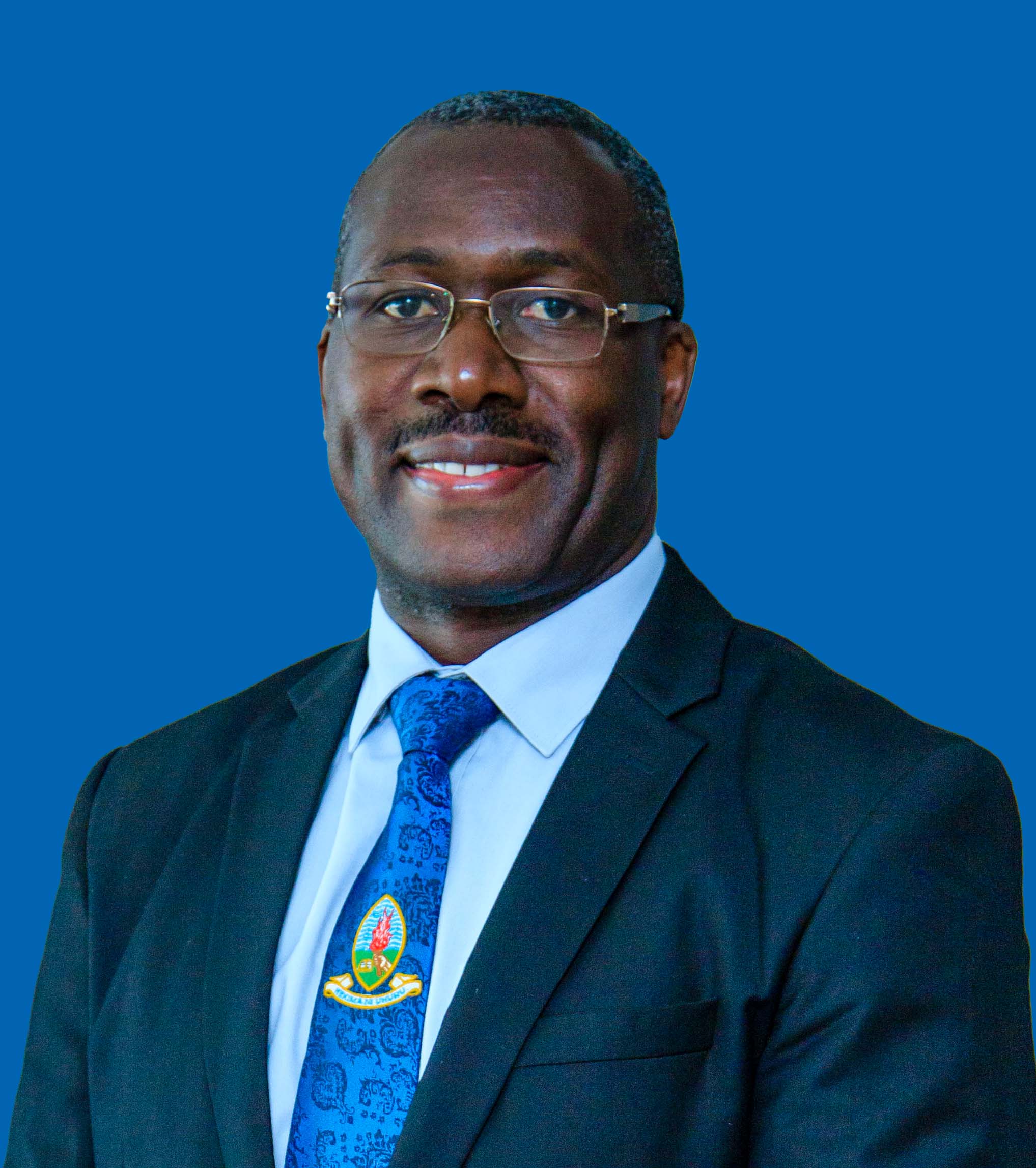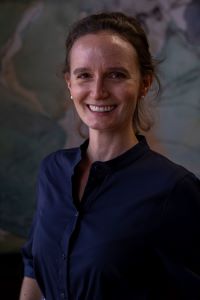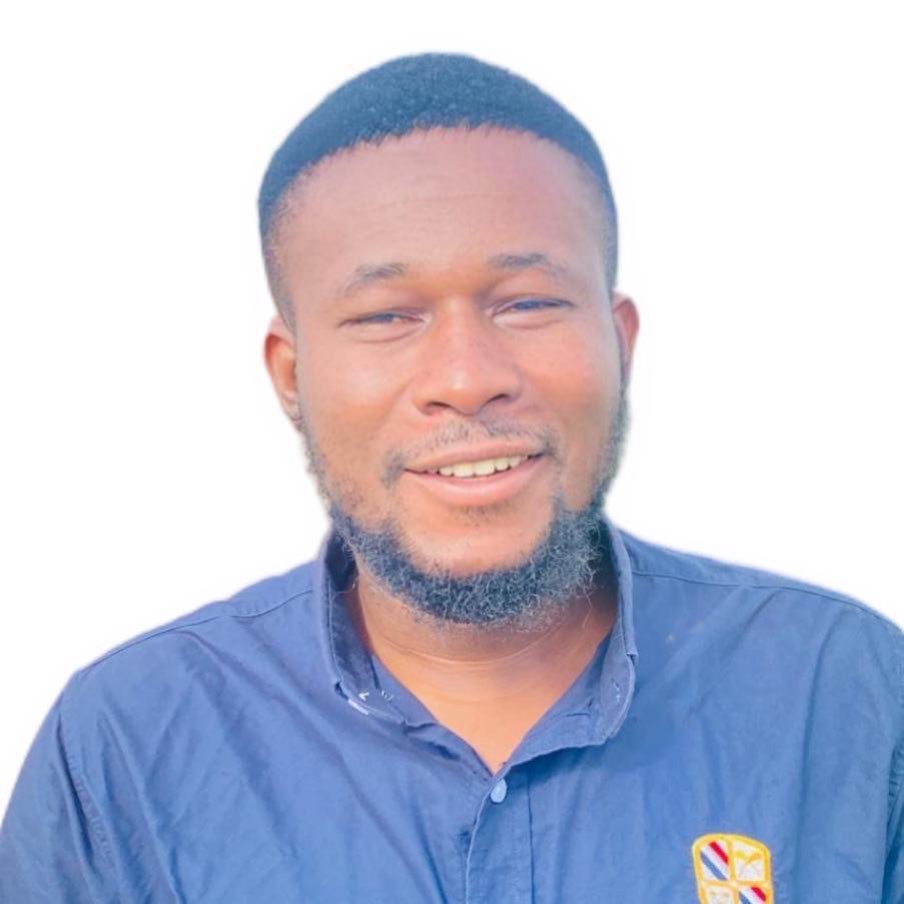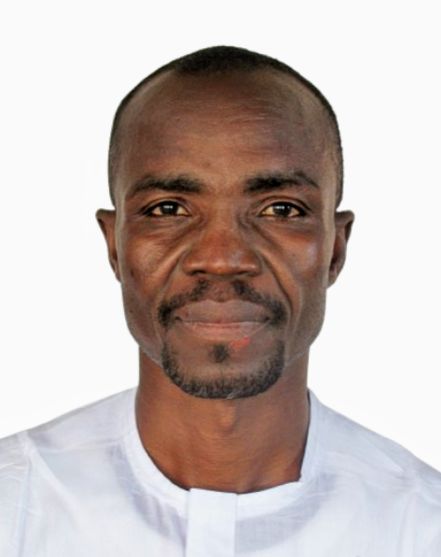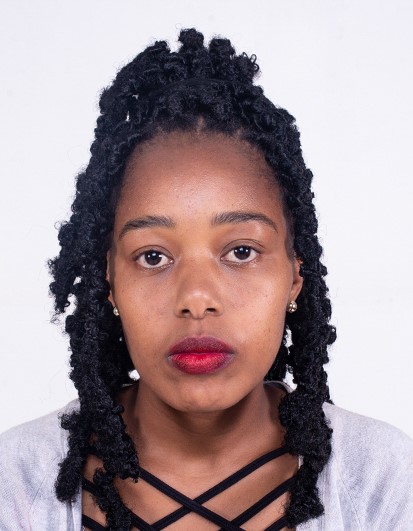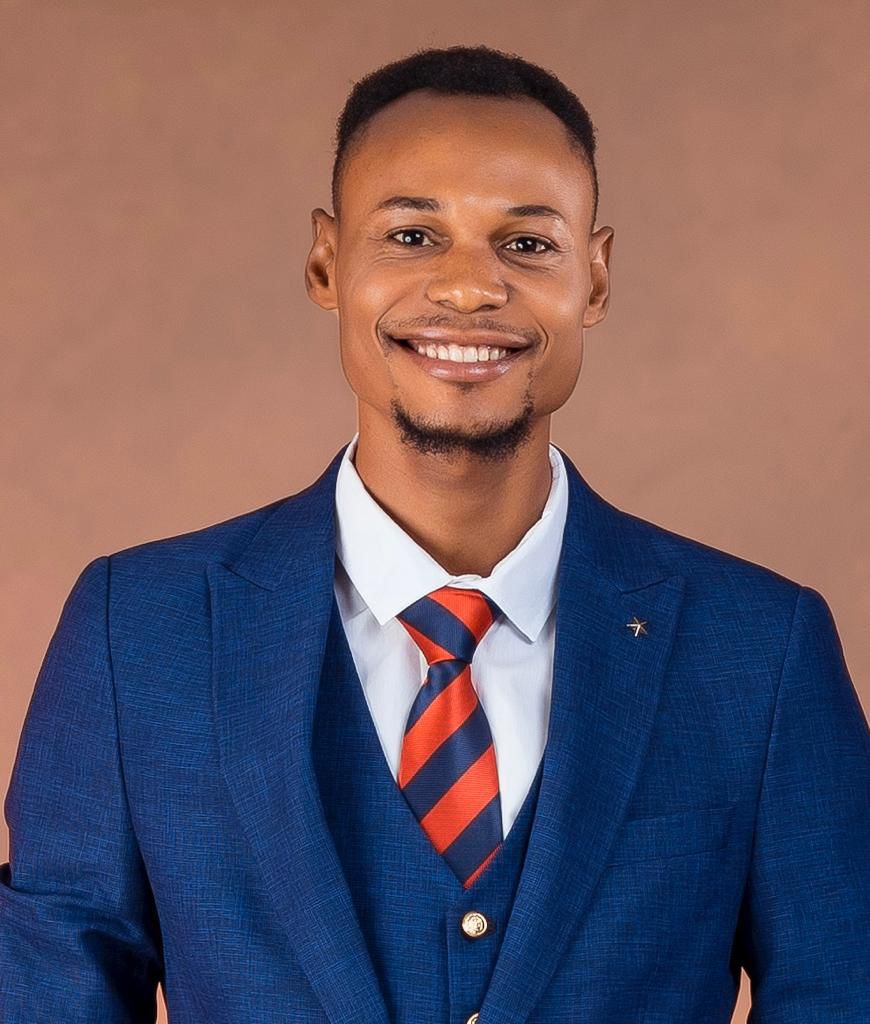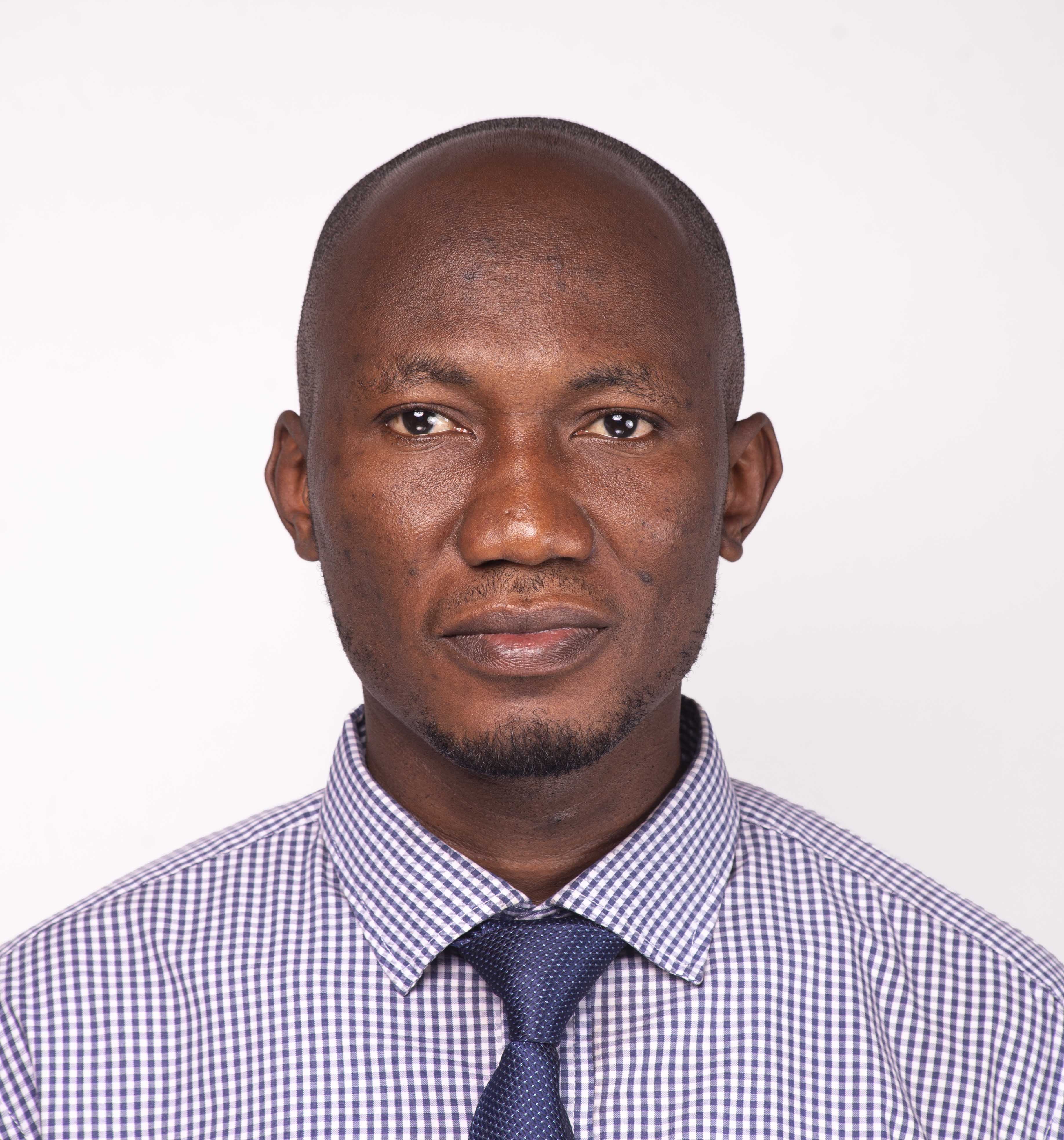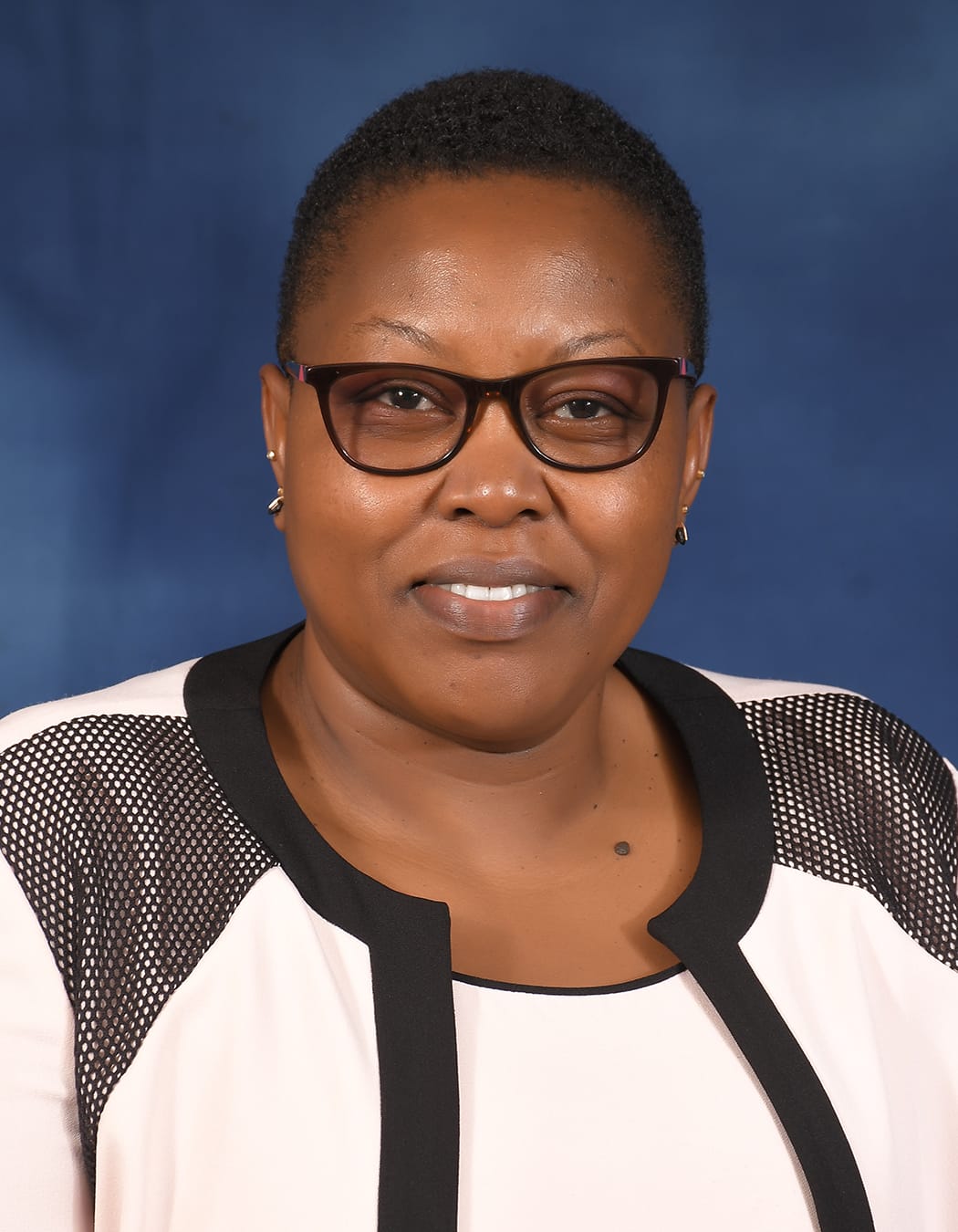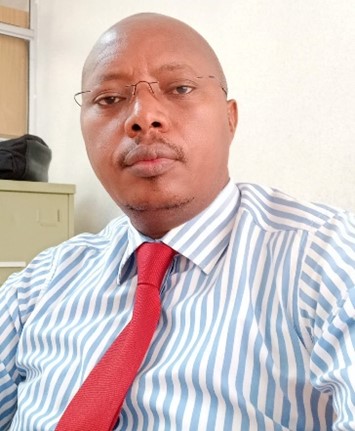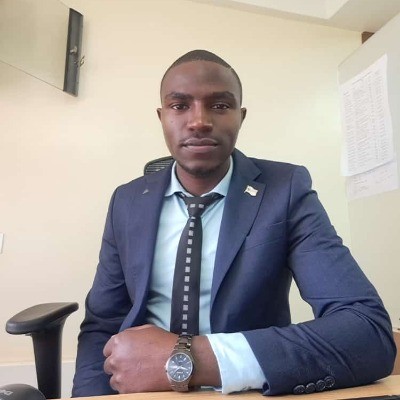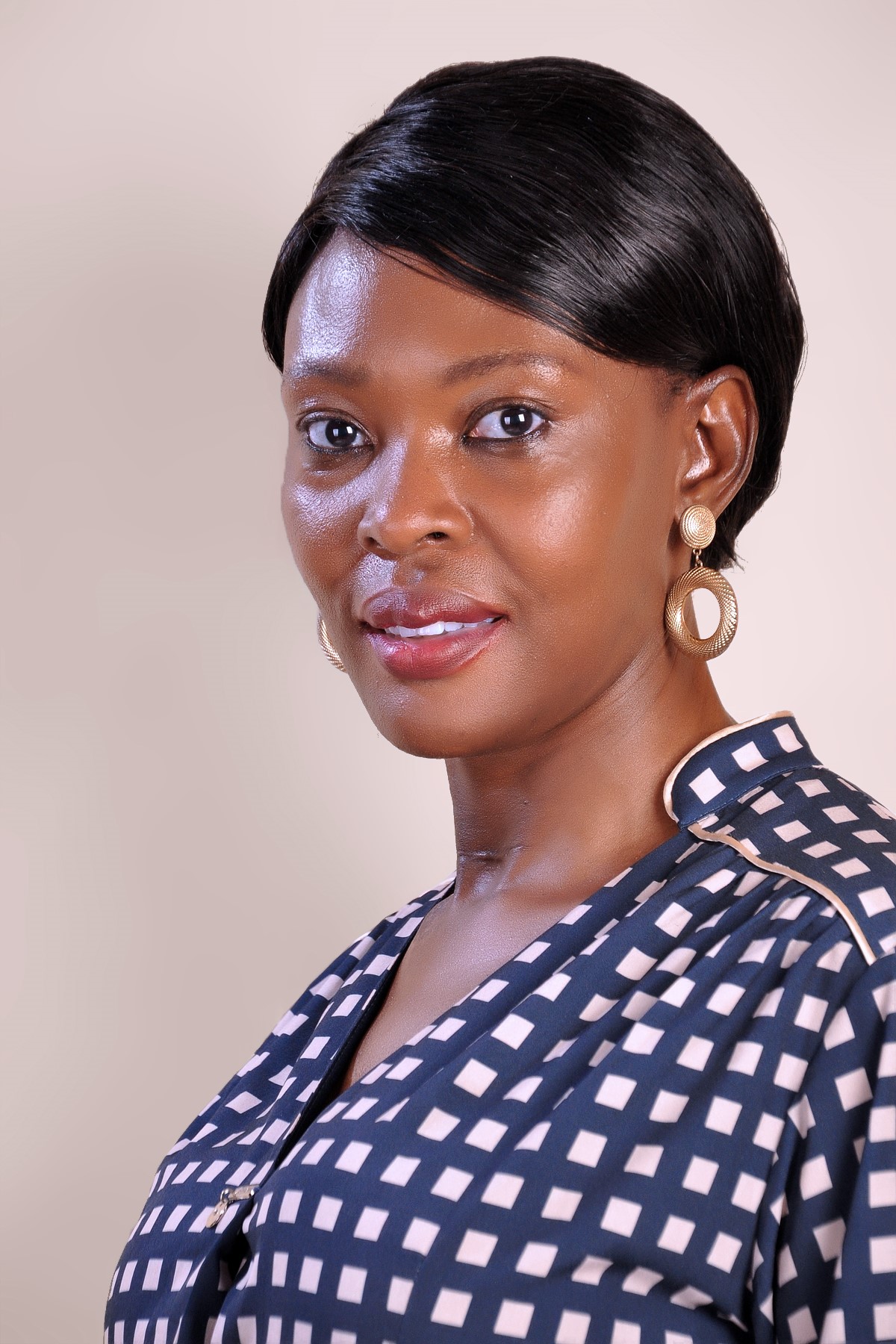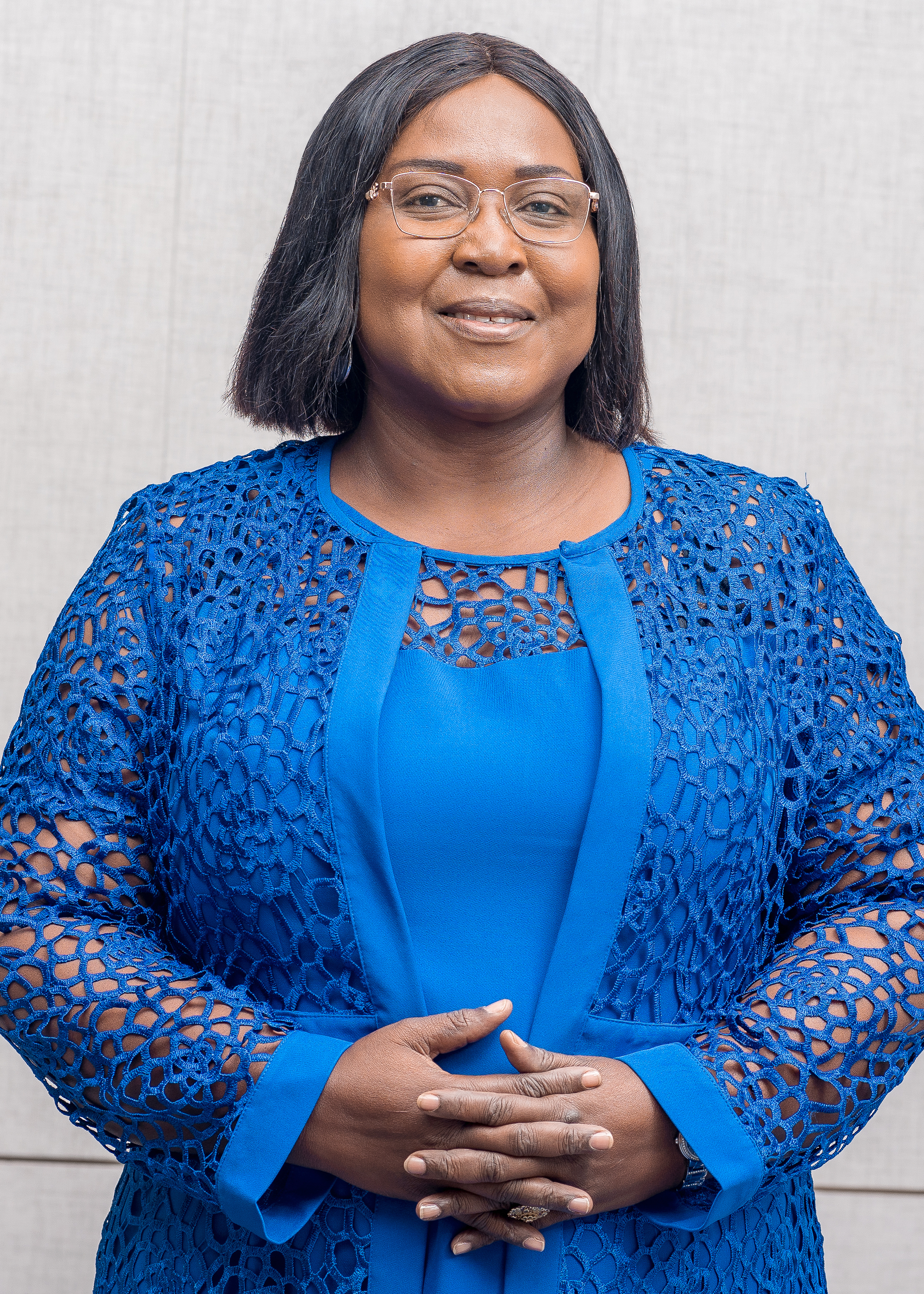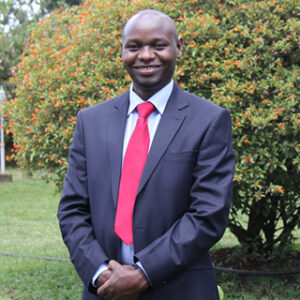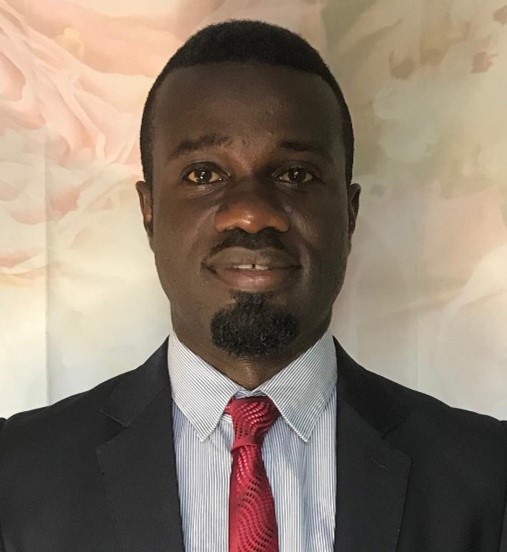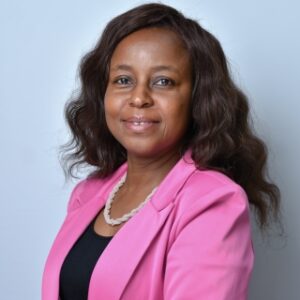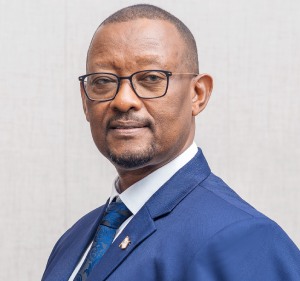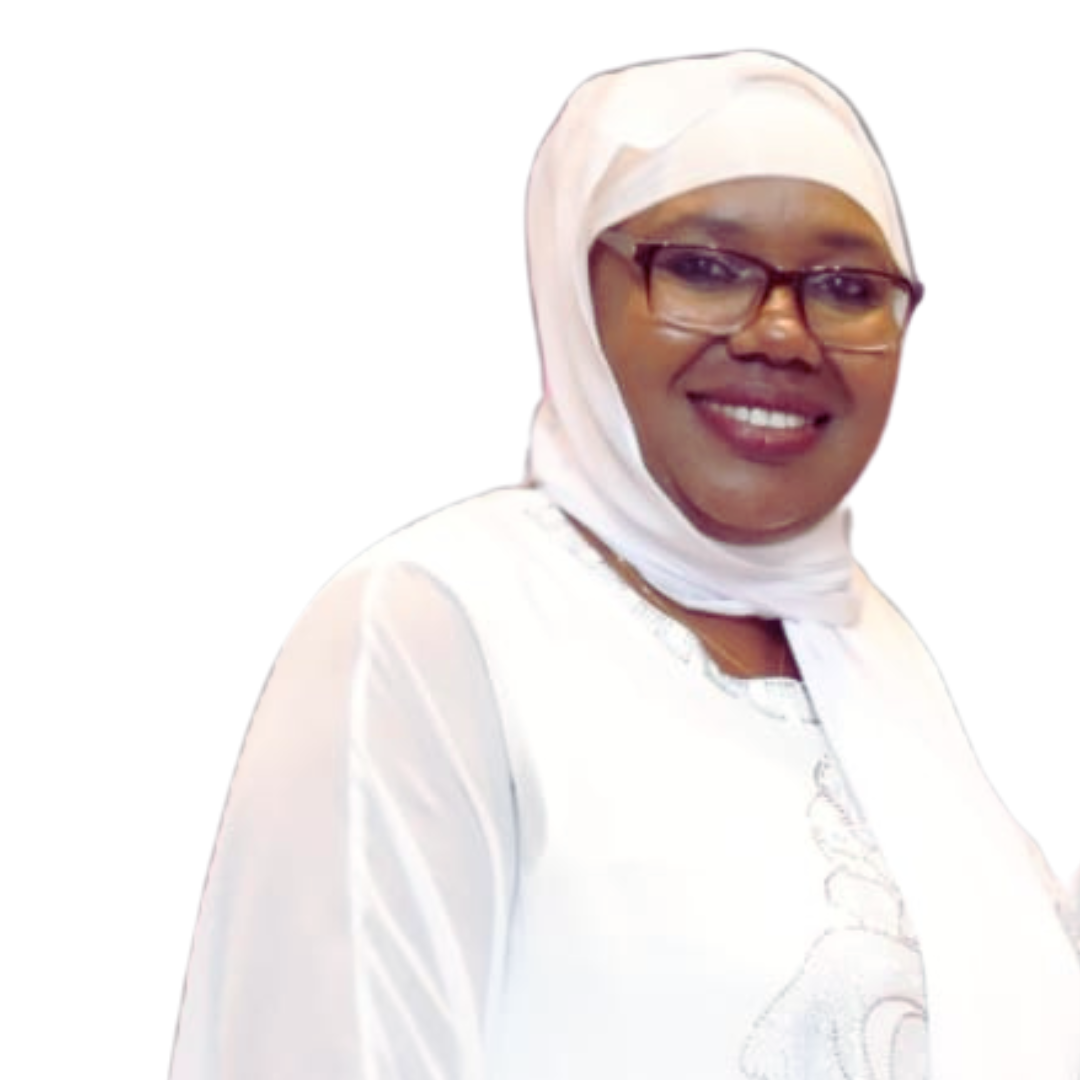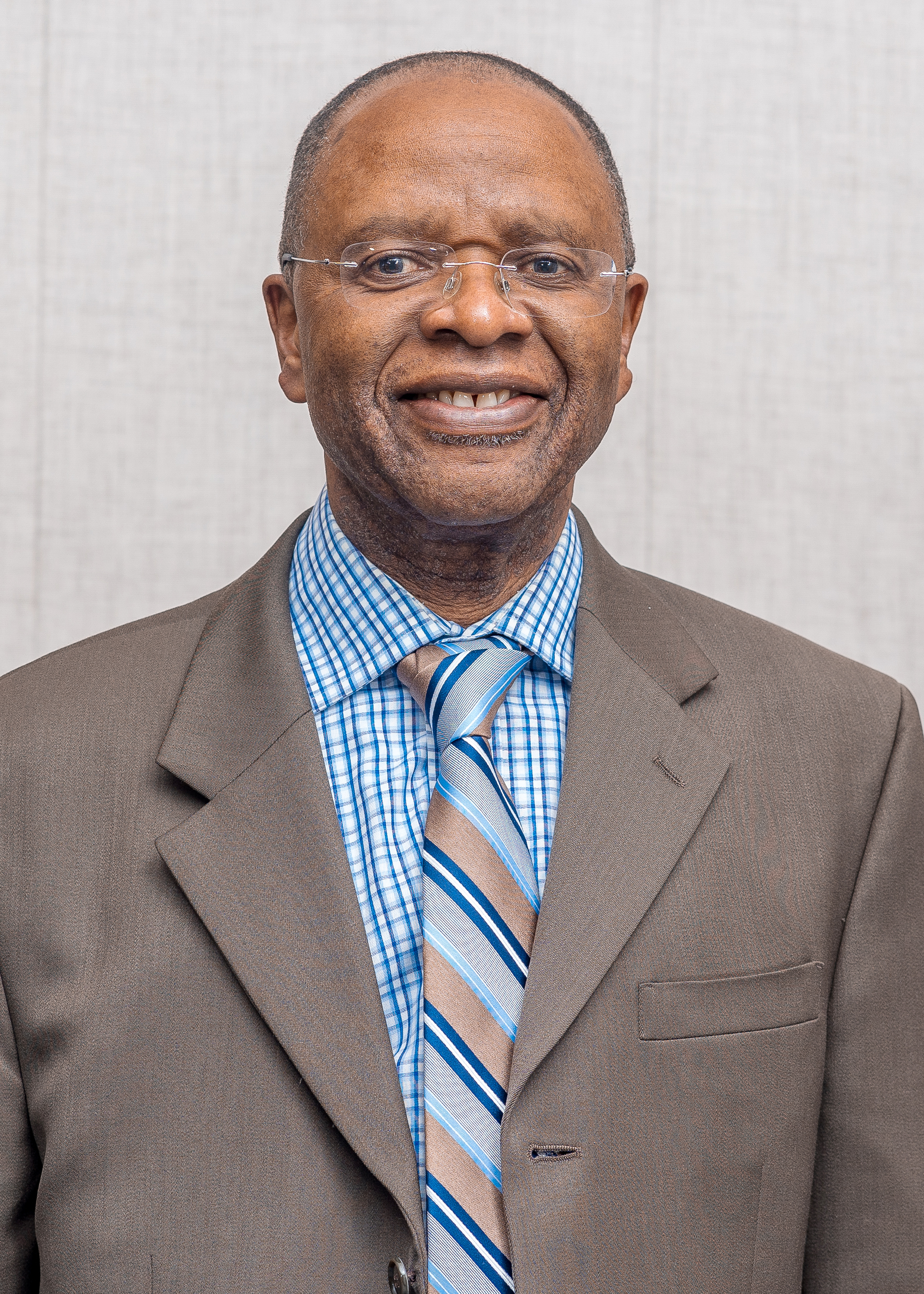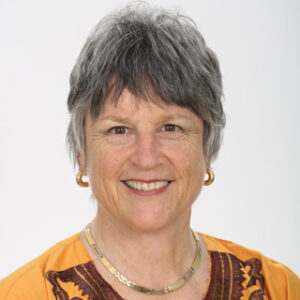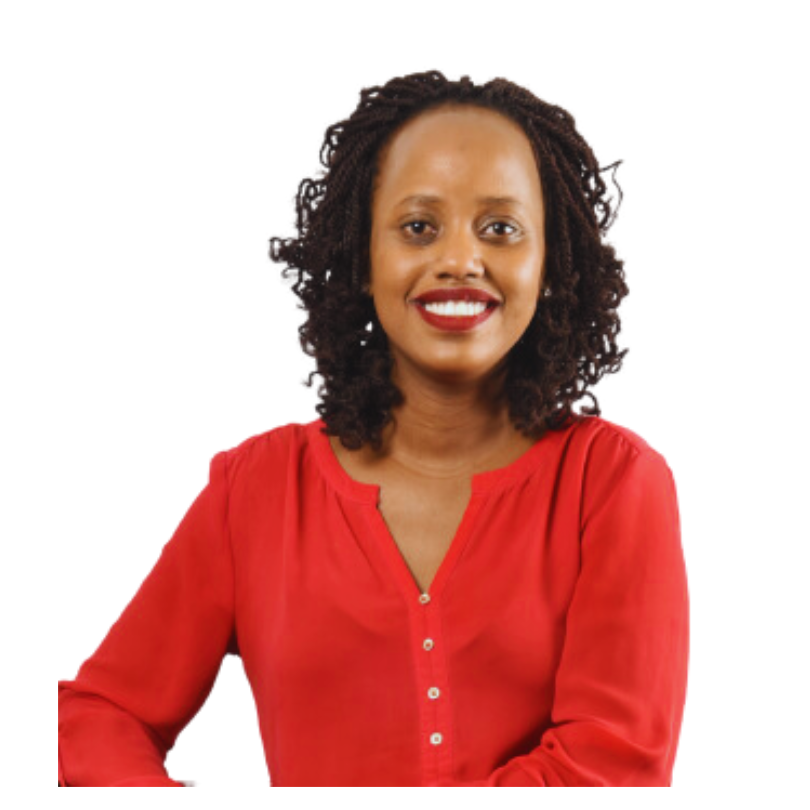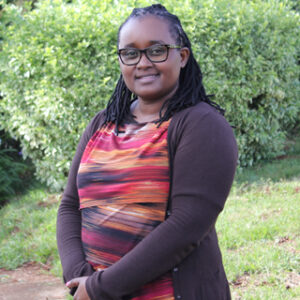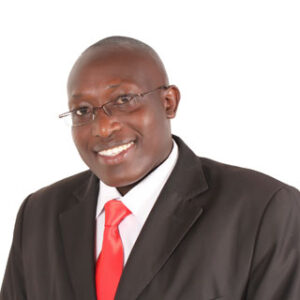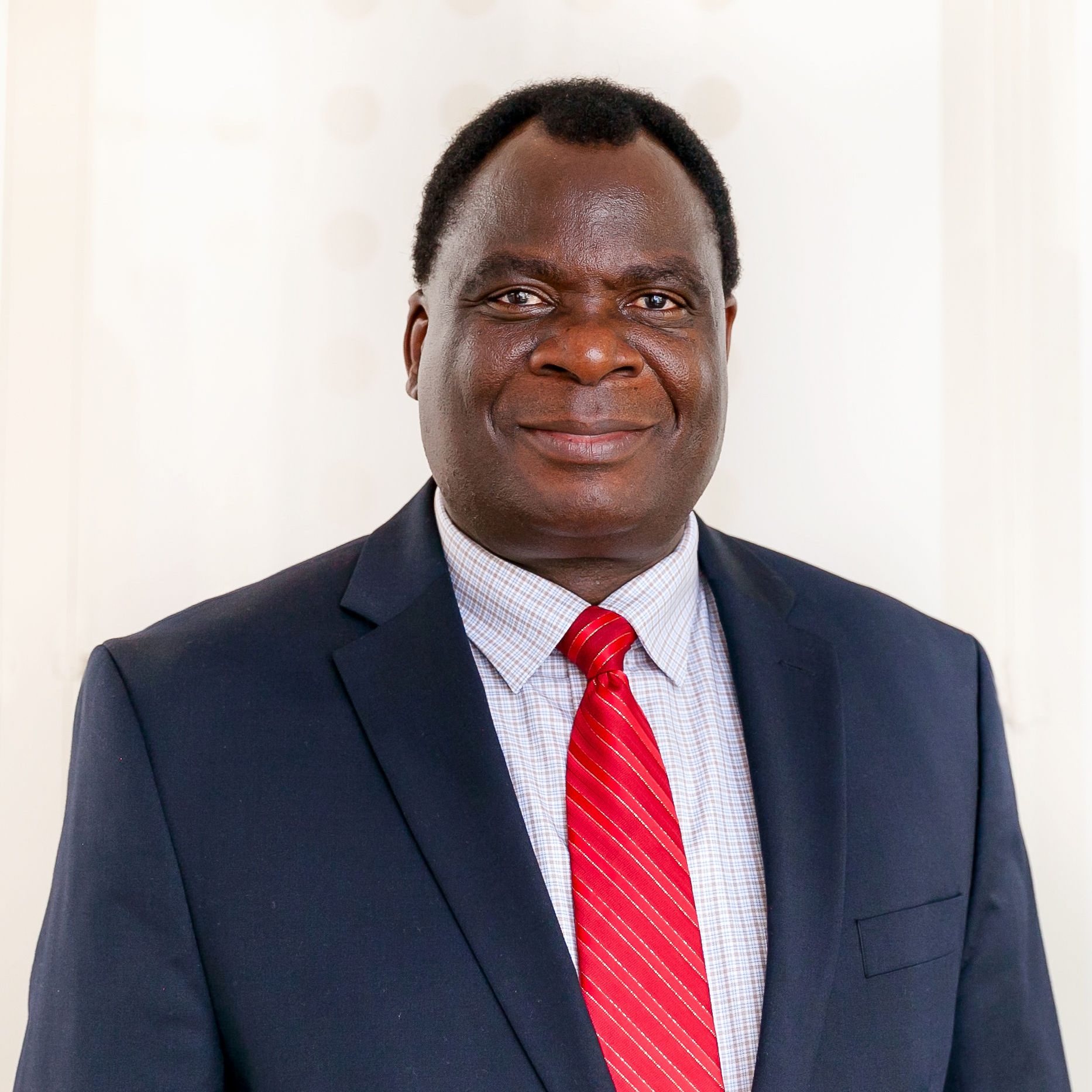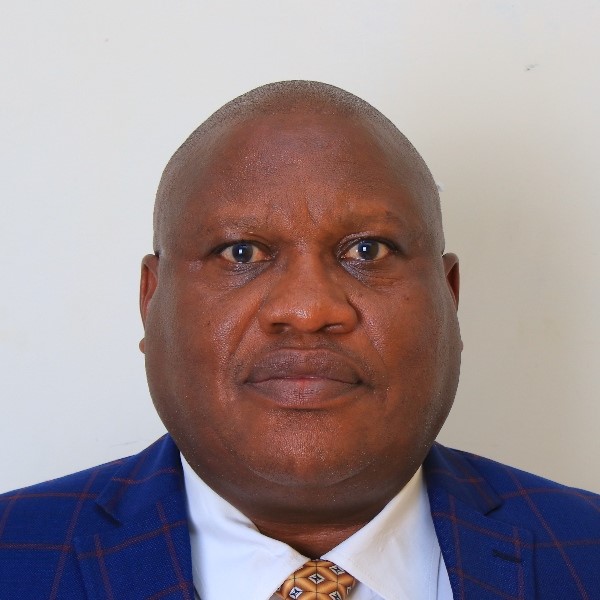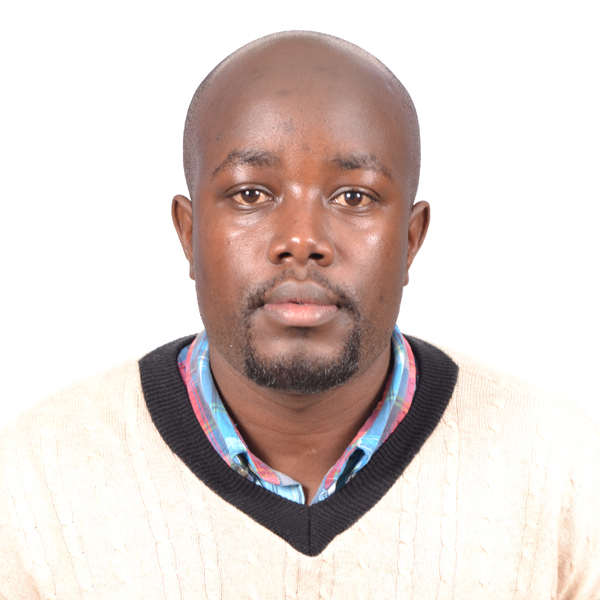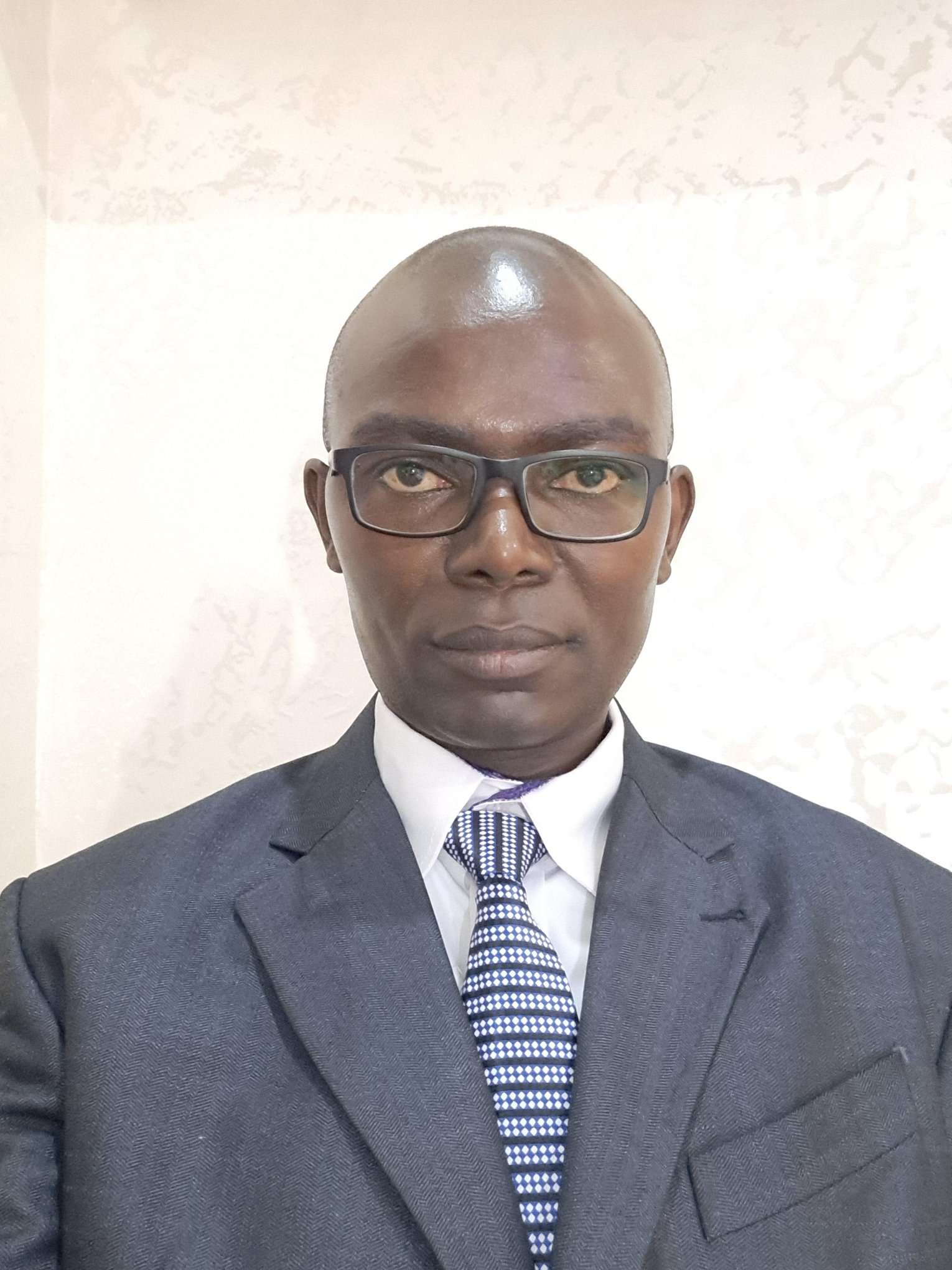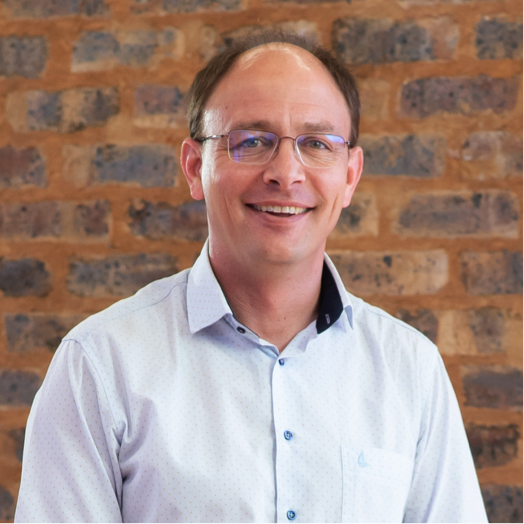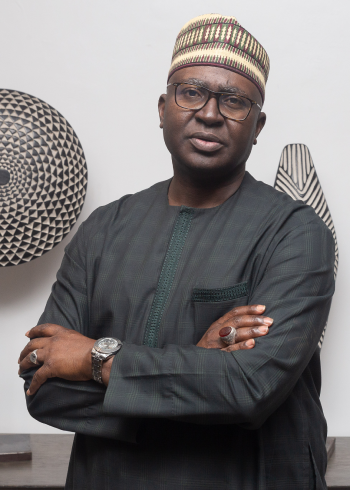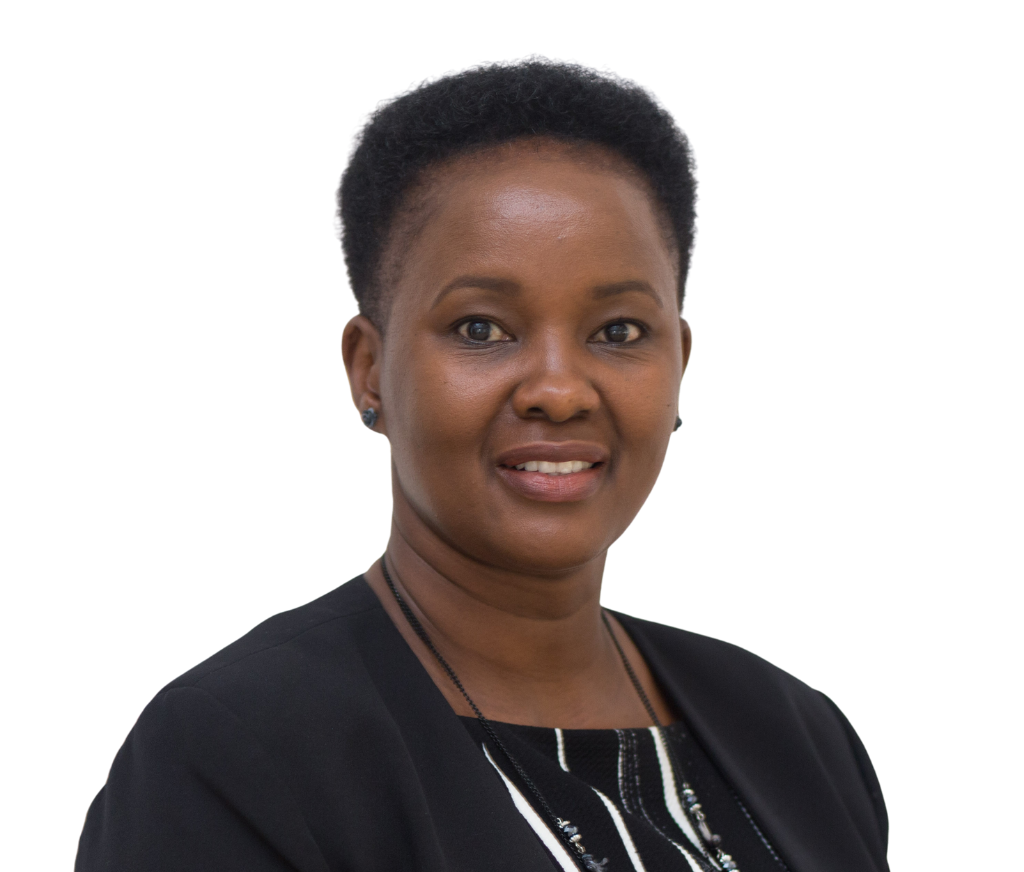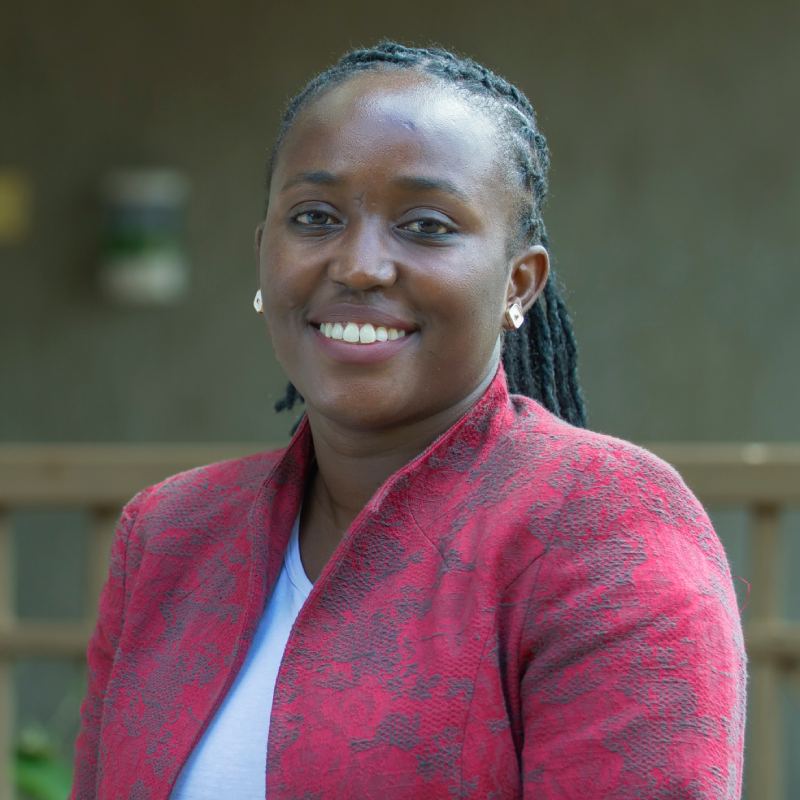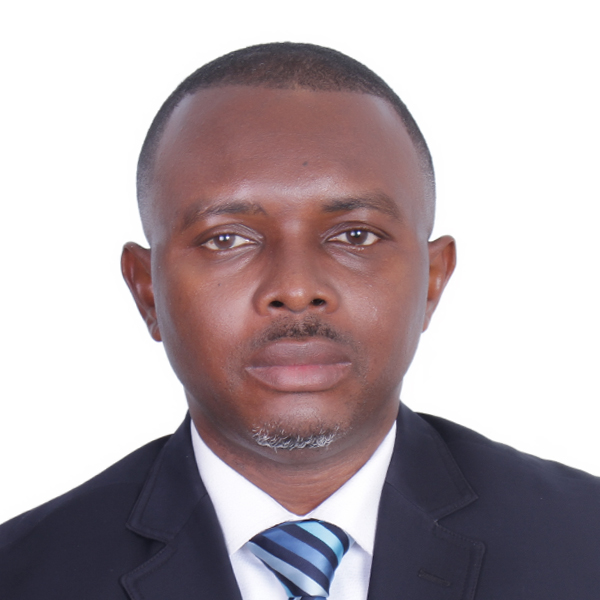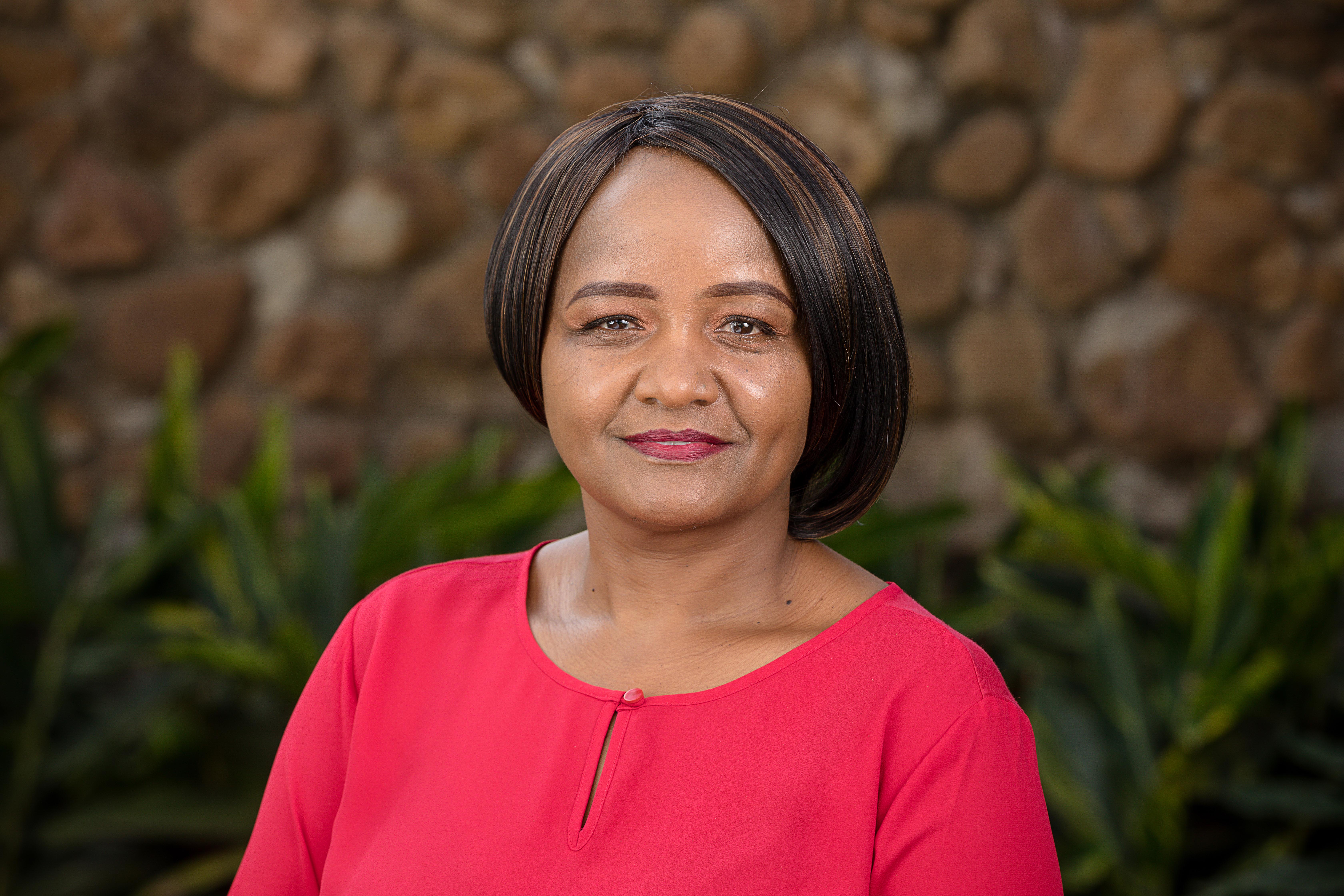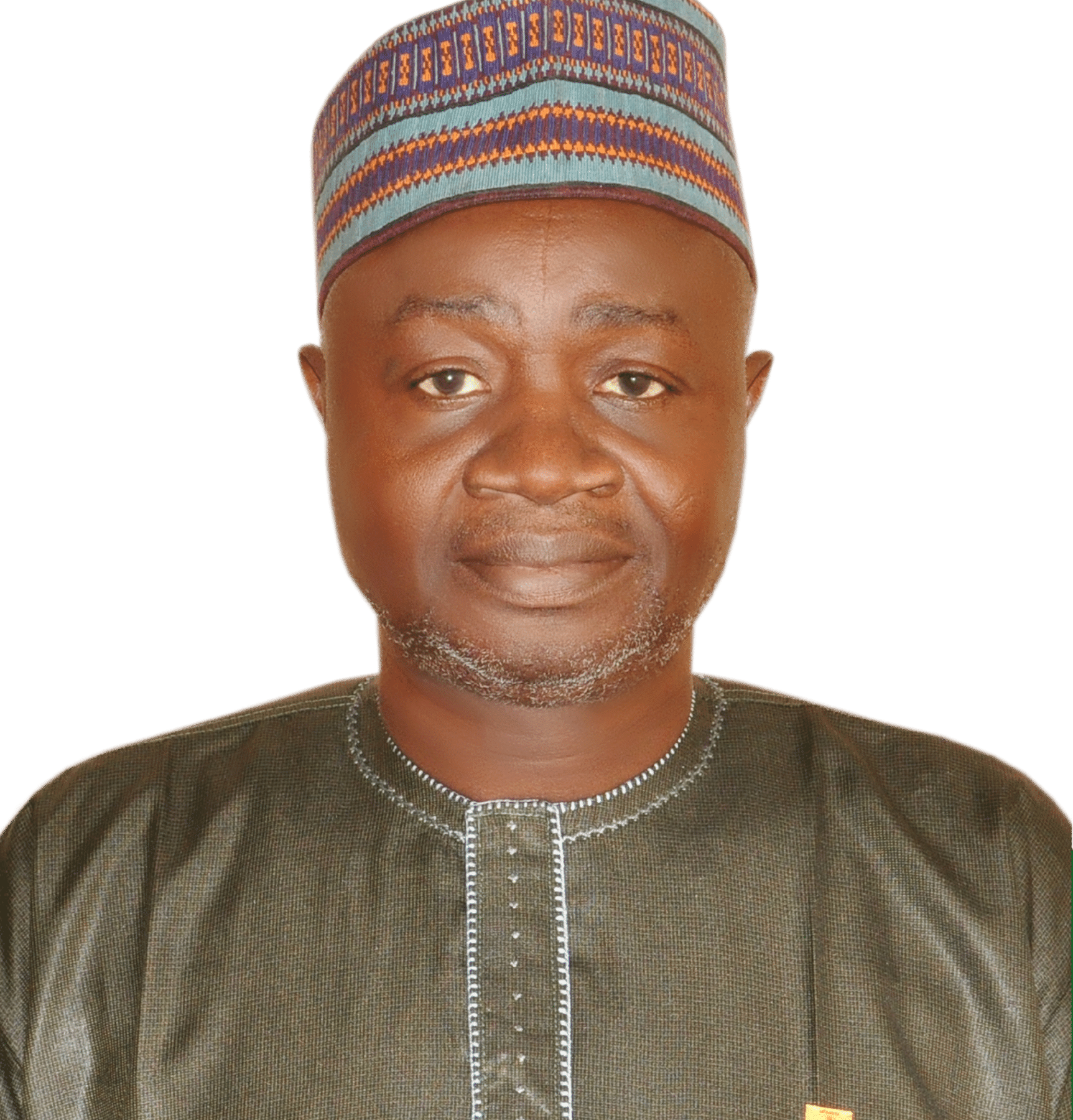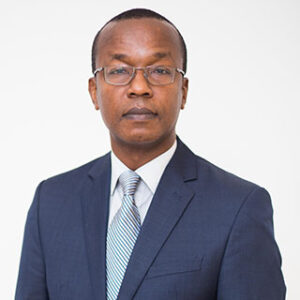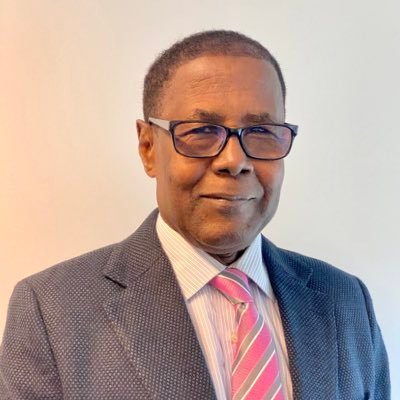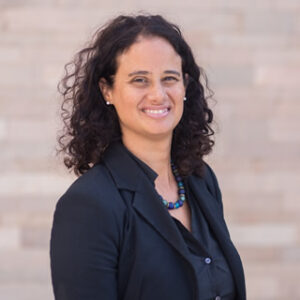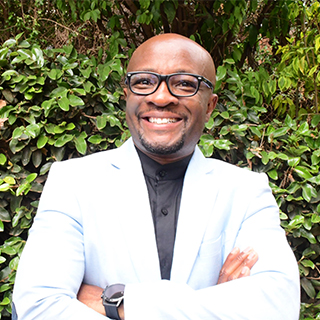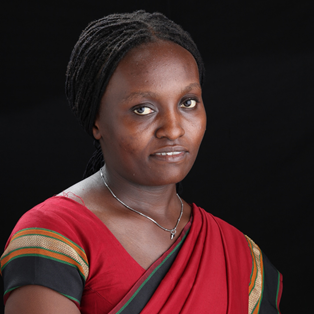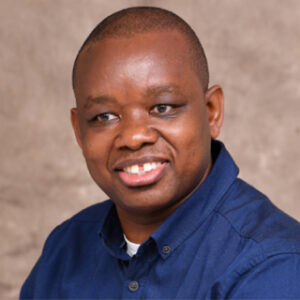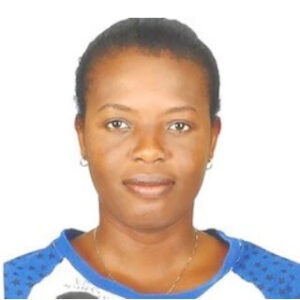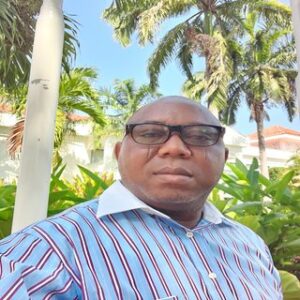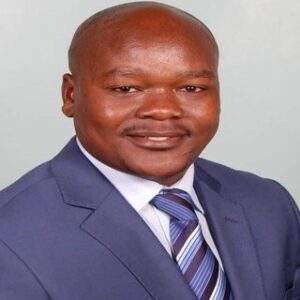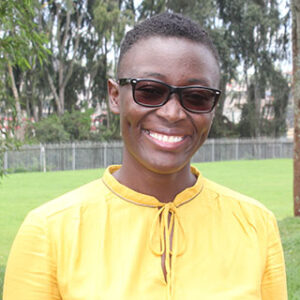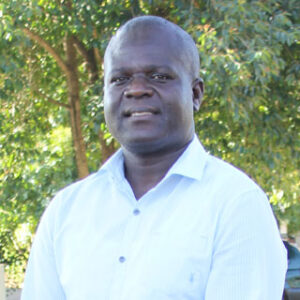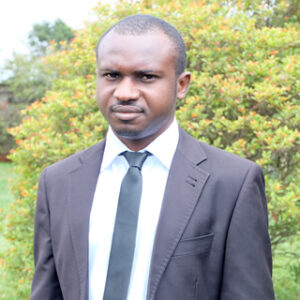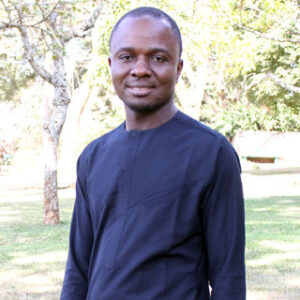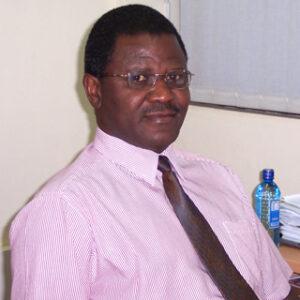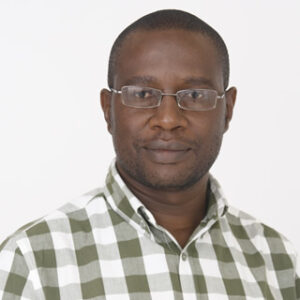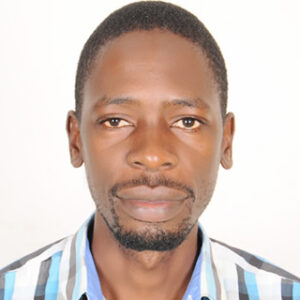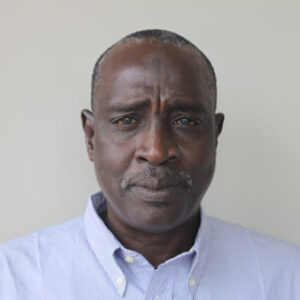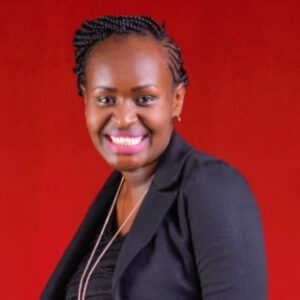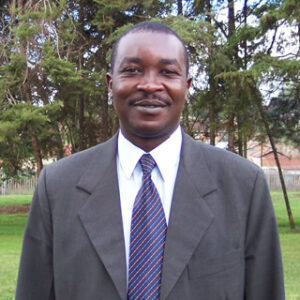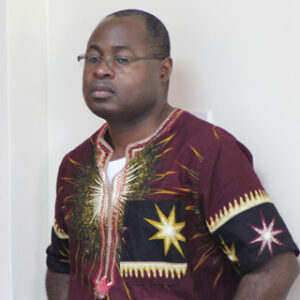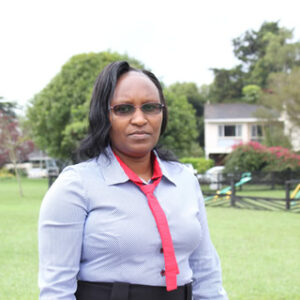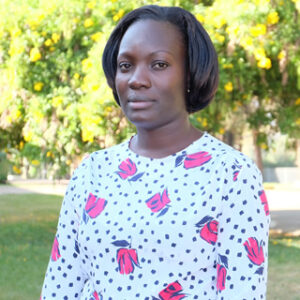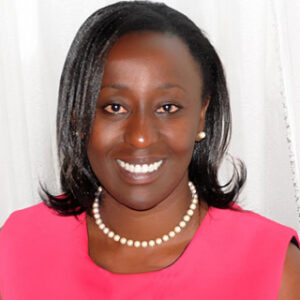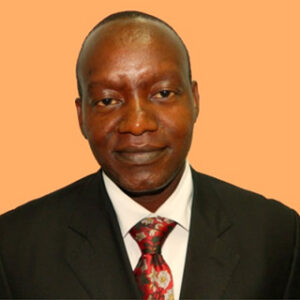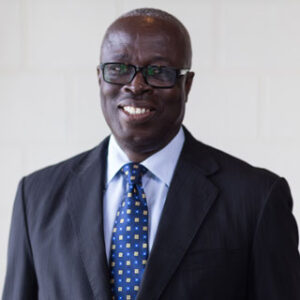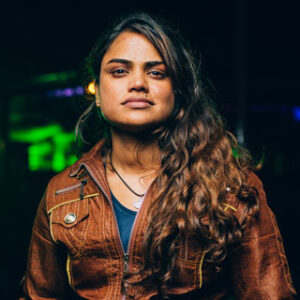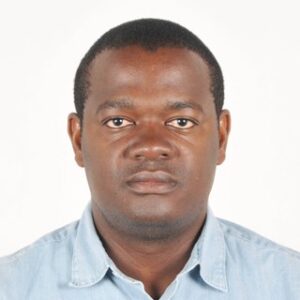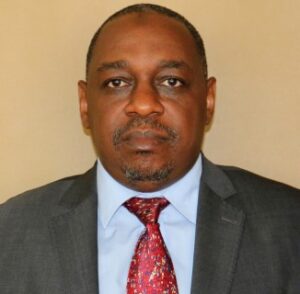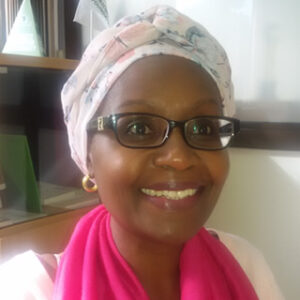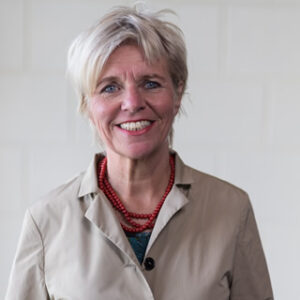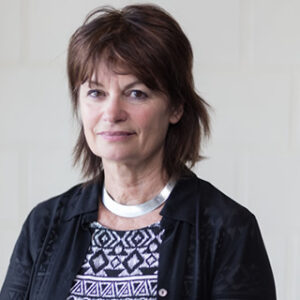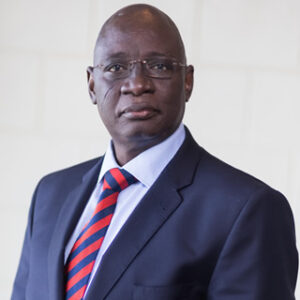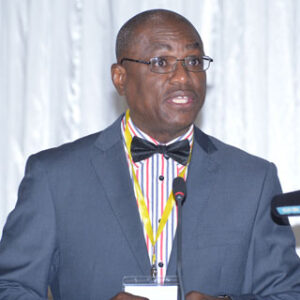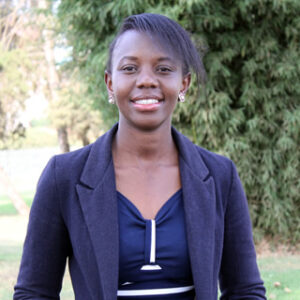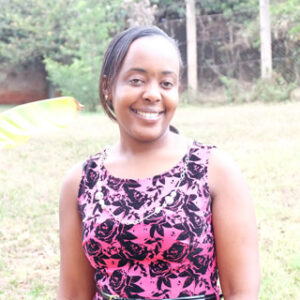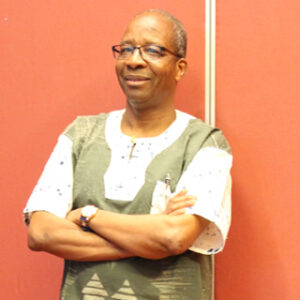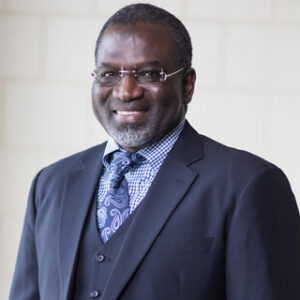- by AATF Africa
Busia is among the most fertile of Kenya’s 47 counties. Its rich soils receive between 760mm and 2000mm of rainfall. “Most parts of the County have high potential for agriculture and promises of faster growth,” according to the Busia County Integrated Development Plan 2013-2017.
Yet this frontier region lags behind in virtually all key indicators of life. Poverty level is 20 percentage points higher than the national figure, life expectancy is 17 years short of the national level, literacy level is 75% against the national’s 79%, and only one in five of teenagers are enrolled in high school.
The situation in Funyula, the most affluent rural area in the county, is even more poignant.
So, sometime in 1999, a group of farmers in Funyula decided to attack the dilapidating poverty. The 37 members (29 women and eight men) gave themselves the name, Becha Inyuma (loosely translated as Start Late but Pick up Fast) Women Group. “Since we were all farmers, the first push in the war against poverty was to improve agriculture,” says the chairperson Margaret Auma Aleke.
They reached out to the Ministry of Agriculture for answers to the perpetually poor farm yield.
It was during such visits that they got to understand the curse wrought by the Striga, which takes away up to 80% of the maize harvest. They were told about the latest anti-Striga technology, Imazapyr Resistant (IR) technology (trading as StrigAway or Ua Kayongo seeds), and they were referred to the African Agricultural Technology Foundation (AATF) whose Striga Control in Maize Project is making available the seeds to thousands of farmers in the Lake Victoria region.
AATF is working with four seed firms to make the seeds commercially available in Kenya, Uganda and Tanzania.
The Becha Inyuma Women Group members, each with average 2.5 ha farms and five children, pooled resources and acquired the IR seeds. The farm yield was startling. It was not business as usual.
Aleke is now able to harvest about 40 bags (3.6 tonnes) of maize from one hectare, up from six bags (540 kilos) formerly. “Maneno ya gorogoro tumesahau hii area yetu (we have buried hunger; food handout is now history),” she quips, remarkably excited.
Owing to improved yields, the members have built stone houses, now afford clean safe water, and handily meet their school fees obligations. They managed to raise enough money for a commercial groundnuts shelling machine, bought an ox-plough, and now plan to acquire cattle. All now rear goats for milk.
Because women don’t own land and control no resources, they’re disadvantaged in negotiations for credit. And this explains why they form into women groups and other “chamas” (groups).
Busia has 175 women groups and over 150 youth groups, all involved in credit facilities.
“The IR seed is a boon. It came just at the right time. Now we know our farms aren’t cursed,” Aleke says.

